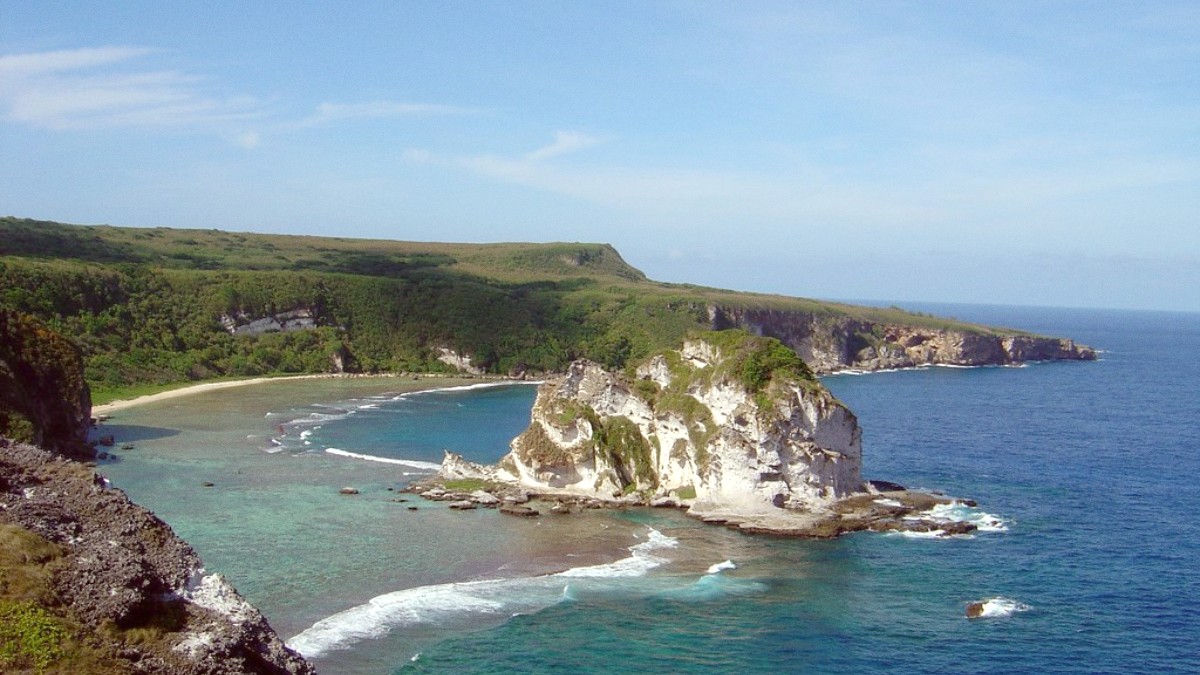
Northern Mariana Islands
Morning/Afternoon: Visit American Memorial Park for history, then relax at Micro Beach in Garapan.
Late Afternoon: Enjoy sunset views from Micro Beach or a beachfront bar. Evening: Dinner in Garapan. If Thursday, visit Garapan Street Market.
Choose an itinerary based on the length of your stay to maximize your time on Saipan.
Day 1 (Arrival & Garapan Exploration): Arrive, check in. Explore American Memorial Park and Micro Beach. Dinner and nightlife in Garapan.
Days 1-2: Saipan History & Beaches. Follow weekend itinerary, add Mt. Tapochau views.
Combine the one-week Saipan itinerary.
Consider renting a vacation apartment or house. This presents kitchen facilities and a more local living experience.
Look into tours, attractions, and dining spots that align with your preferences.
Secure popular activities and accommodations, especially during peak seasons.
Allow for spontaneous changes or discoveries on the island.
Tailor your Saipan itinerary to your specific interests.
Concentrate your visit on American Memorial Park, Banzai Cliff, Suicide Cliff, and the Last Command Post.
Focus on the Garapan Street Market (Thursday evenings) for a wide array of local foods.
Prioritize scuba diving at The Grotto and various wrecks/reefs.
Include Managaha Island for safe swimming and fun water activities.
While limited in formal galleries, you can focus on the traditional Chamorro latte stone remnants.
Focus on relaxation at resorts with spas. Enjoy peaceful beach walks, specifically at sunrise or sunset.
Saipan can accommodate various budgets.
Accommodation: Seek budget guesthouses or private rooms in vacation rentals.
Accommodation: Stay in comfortable 3-star hotels in Garapan or nearby.
Accommodation: Choose 4-5 star resorts like Hyatt Regency or Kensington Hotel.
Travel during the shoulder or low season for lower prices.
Careful planning of expenditures allows for a more relaxed and enjoyable trip, regardless of budget.
Saipan presents different experiences depending on the time of year.
Dry Season (December to May, 'Winter' in the Western sense): Best for all outdoor activities, especially diving and snorkeling, due to excellent visibility and calm seas.
Wet Season (July to November, 'Summer' in the Western sense): It brings lower prices and fewer crowds. Landscapes are lush and green.
Plan your trip around specific festivals. The Flame Tree Arts Festival (April) displays local arts and crafts.
Embrace the rain, as showers are often brief. Take advantage of lower prices for flights and accommodation.
While the wet season offers benefits, typhoon activity can occur.
The wet season (July to November) has a risk of typhoons. Monitor forecasts.
Local authorities provide updates; pay attention to advisories for safety.